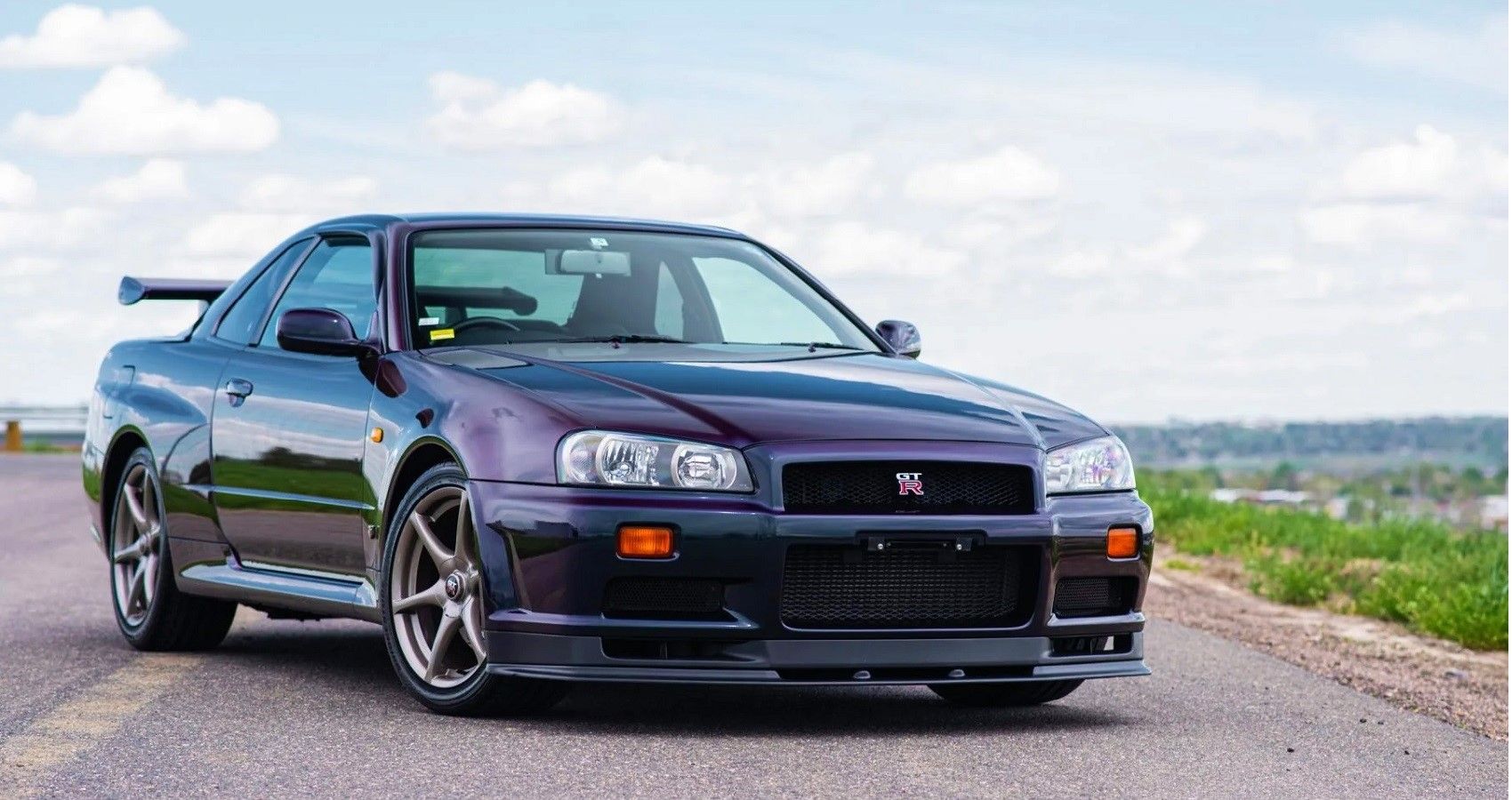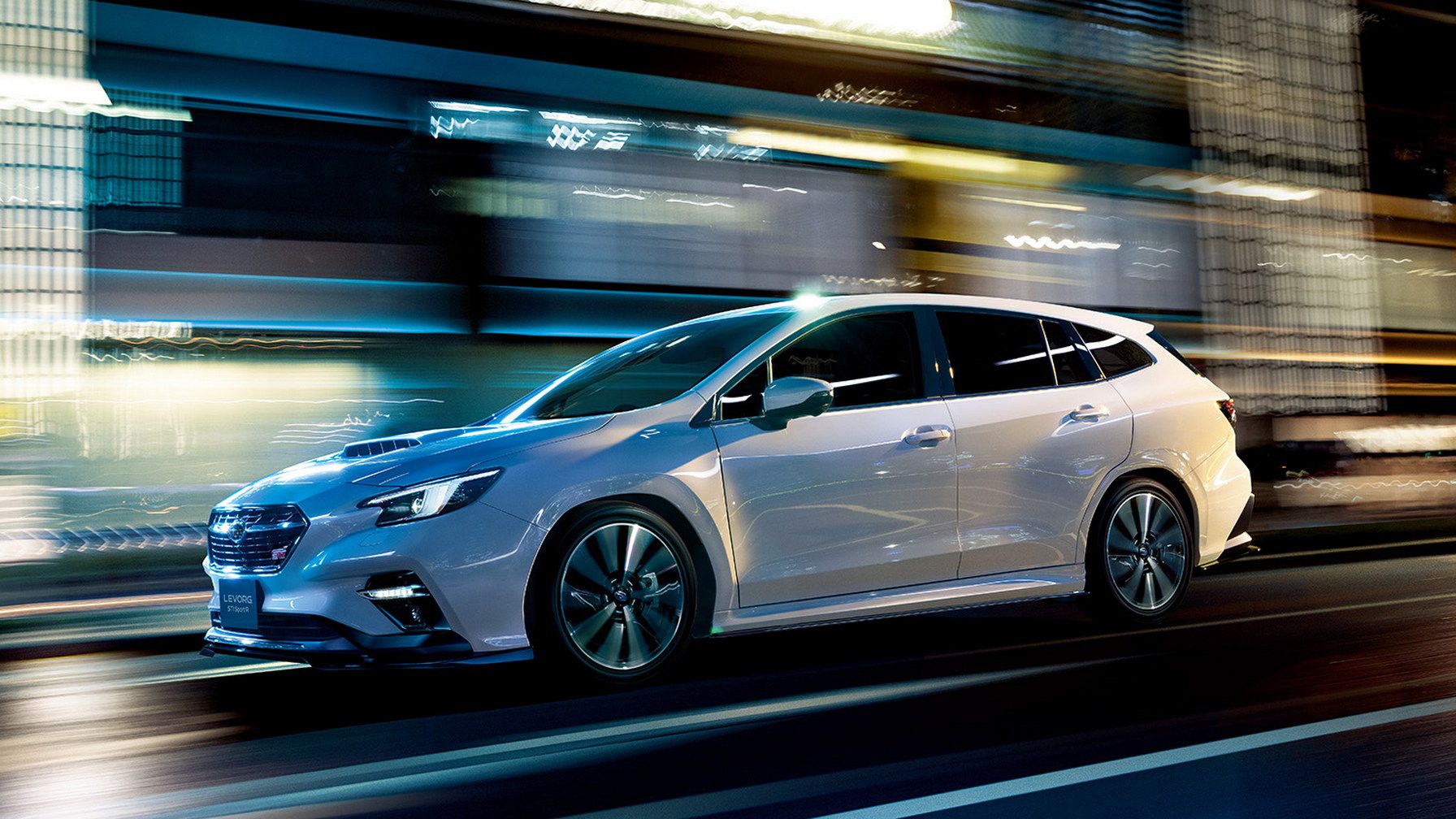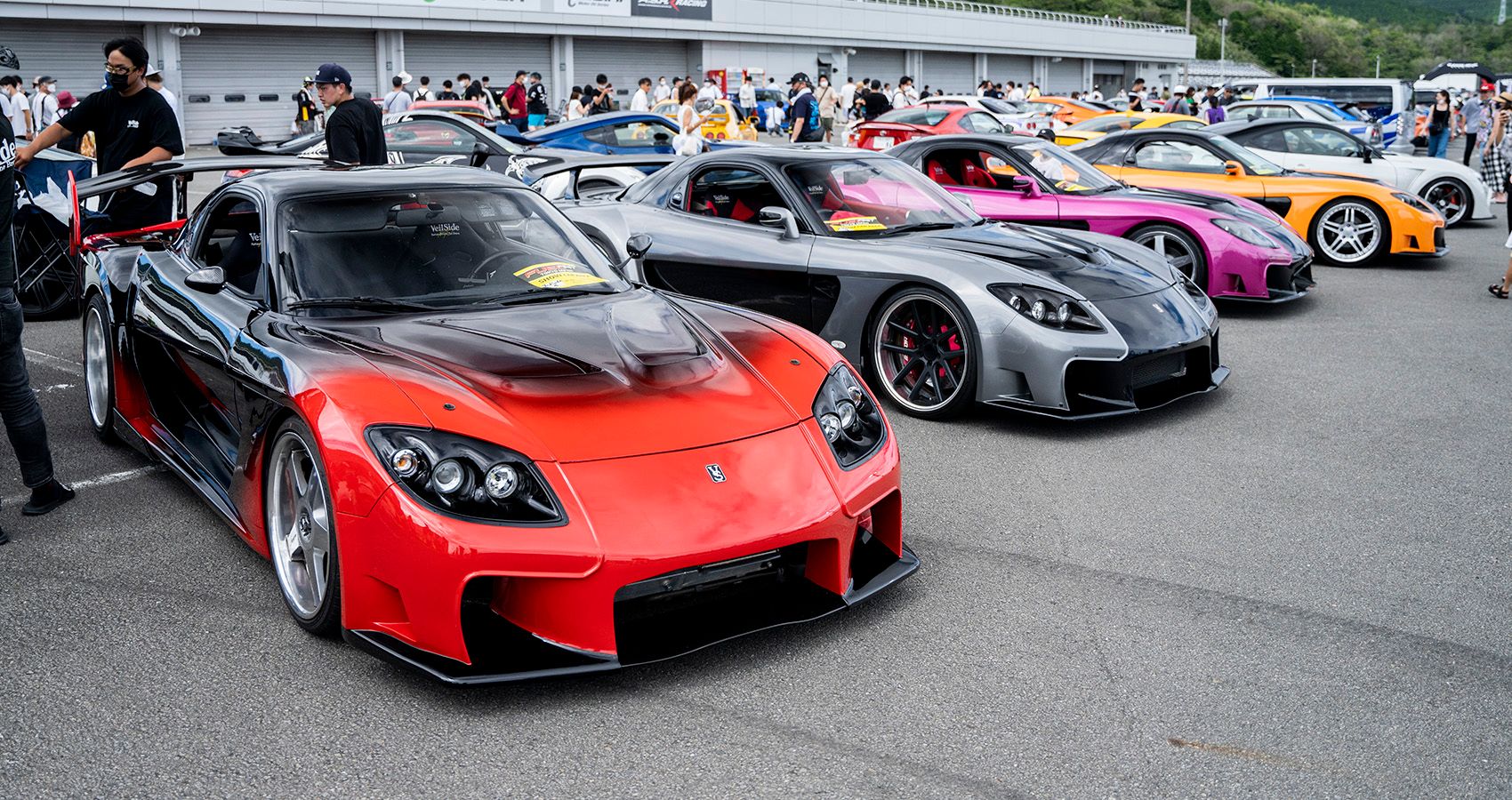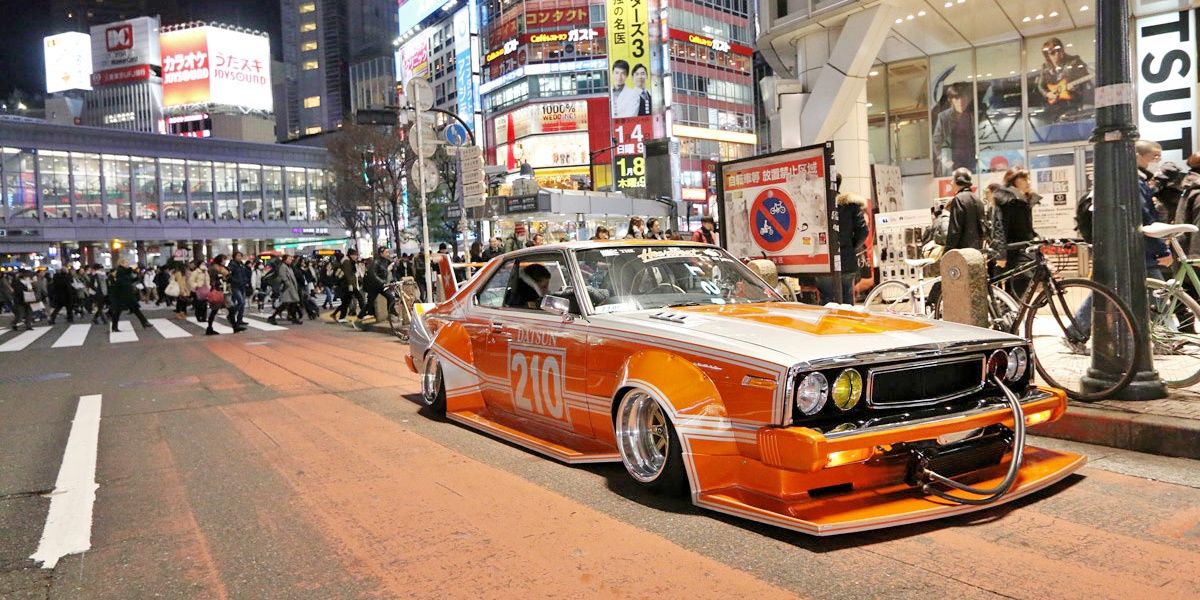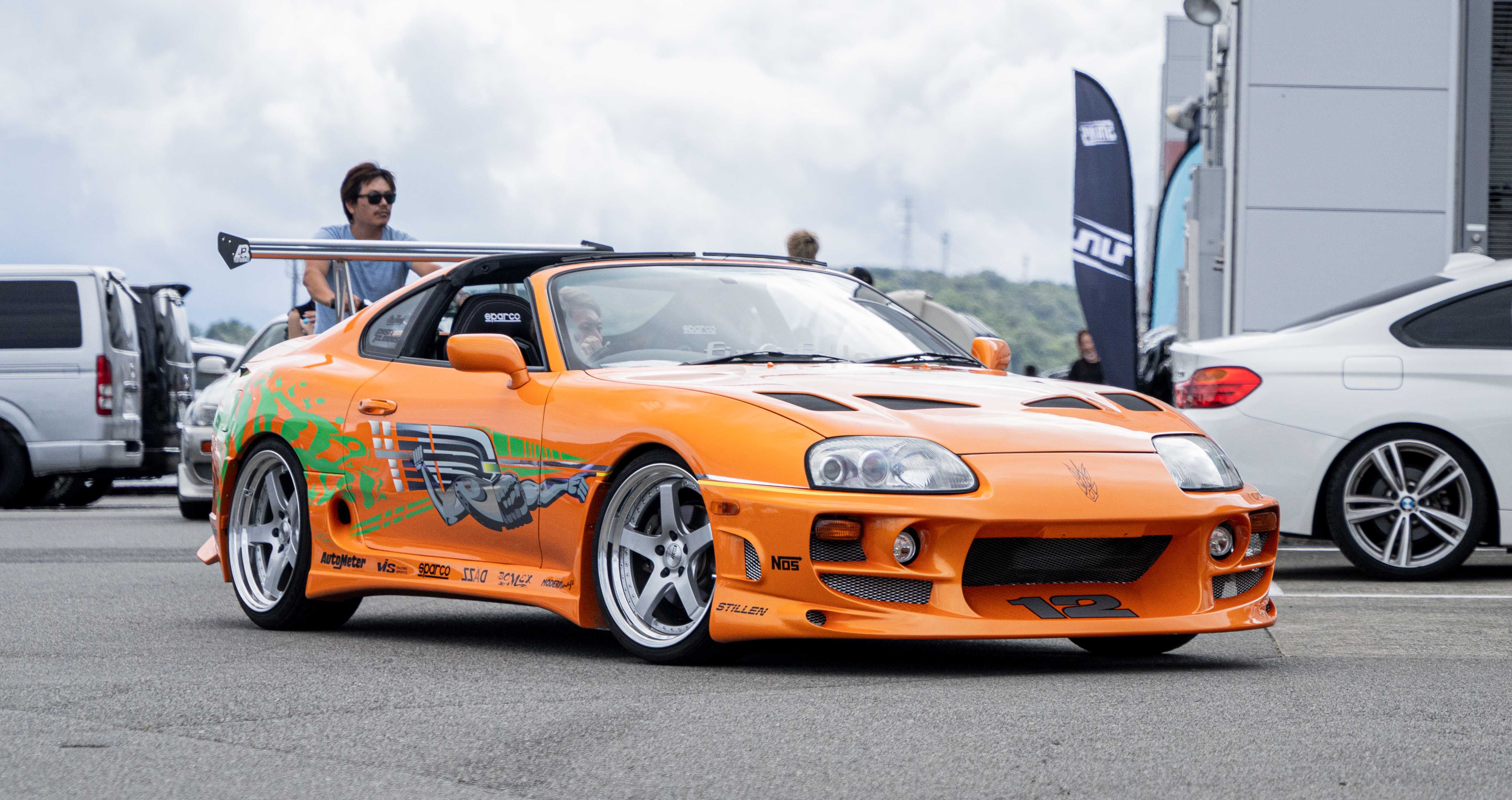Among the multiple car communities that make up the automotive enthusiast world we all know and love, one of the most intriguing and intricate of all is undoubtedly JDM culture and its respective followers.
Through magazines, Fast & Furious movies, and iconic video games such as Gran Turismo, people all around the globe have developed an undying love for the Japanese car culture and what it represents. Nowadays, it’s not uncommon to come across entire car meets that solely feature JDM cars, and they usually prove to be some of the most versatile and entertaining of all.
But what exactly is Japanese car culture? And what makes a car JDM? You might have heard the terms before and know a thing or two about them, but the history behind the most appealing side of the Japanese automotive industry is actually quite complex.
Why Japanese Car Culture Has Such A Good Reputation
Before diving specifically into JDM cars, it’s worth going over what makes vehicles from Japan so special in general. While European brands such as Mercedes-Benz, Audi, and BMW are known for their luxurious vehicles, and American manufacturers like Chevrolet and Ford stand out because of their ability to tend to specific market segments with versatile lineups, Japanese vehicles draw their appeal from other sources.
Japanese automakers have always managed to achieve the perfect blend of reliability and affordability in their vehicles, a statement that remains true regardless of the brand in question. In some cases, these highly dependable vehicles even manage to offer enticing performance, whether it's through flat-out speed or agile driving dynamics. These qualities have been so well-received by international markets, that they’ve become engraved in Japan’s automotive DNA as a whole, and every respectable manufacturer aims to tick those boxes without exception.
What Is JDM?
A common misconception about JDM vehicles is that people tend to think that every vehicle from Japan classifies as a JDM car, but that isn’t the case. The JDM acronym stands for ‘Japanese Domestic Market’ meaning that it refers to vehicles that are specifically manufactured to be sold solely within Japanese borders. For this to occur, the vehicles have to meet a set of standards that are set and regulated by the Japanese government, which include traffic laws, build requirements, and emission standards, among others.
So, for a Japanese-branded vehicle to be considered a JDM in another country, it needs to be imported directly from Japan after having been built for the Japanese national market. Here’s an example: If you buy a Civic from a Honda dealership in the U.S., it won’t classify as a JDM even if it was manufactured in Japan. However, if you import a Honda Civic that was built and sold in Japan, then it naturally meets the requirements that make it a JDM-spec car.
When it comes to modifying JDM cars, it’s also important to make sure that the aftermarket parts added to the vehicle are sourced from Japan. This way, the vehicle stays true to its purely Japanese origins without being tainted by parts from other countries - a practice that’s very much frowned upon in the JDM world.
A Deeper Look Into Japanese Automotive Subcultures
One of the most appealing aspects of Japanese car culture is the practice of heavily modifying vehicles in the most versatile and unique ways, whether it's through performance upgrades that result in ridiculously powerful cars, or crazy exterior design modifications - or both. However, despite the modding commonality that characterizes the Japanese car culture, there are actually various subcultures that differentiate JDM cars from one another.
Bōsōzoku, for example, is a specific sort of modding style in Japan that focuses on applying extravagant body kits and the wildest exhaust pipes imaginable, making cars and motorcycles look like they've been pulled straight out of an Anime. Then there’s Shakotan, which is one of the most popular modding subcultures - especially overseas. Shakotan cars display widened over-fender body parts, as well as wider grill-less bumpers that showcase gigantic aftermarket intercoolers. There are also plenty more Japanese subcultures to indulge in, with some being more specific while others are flexible and versatile, creating an enormous community that has something to offer for everyone.
Some Of The Most Iconic JDMs Ever
Among the enormous array of JDM cars that exist today, only a few stands out among the rest as highly-desirable legendary models. Some achieve this status because of their ability to achieve enormous amounts of power through mods and tunes, while others are esteemed because of their beauty and rarity.
The most Iconic JDM car of all is arguably the Nissan Skyline R34 GT-R, which initially achieved international fame after appearing as Brian O’Conners’ car in 2 Fast 2 Furious. Not only is it extremely gorgeous, it’s also one of the best-performing Japanese vehicles ever made thanks to its perfected driving dynamics, good base power - that’s easy to bump up through mods, and impressive tech. It’s also highly desirable in the U.S. because of the 25-year import ban, which makes 34’s an extremely rare sight.
Another JDM icon is the Toyota MK4 Supra, which draws appeal through its highly modifiable 2JZ engine that’s legendary in its own right. It can easily handle +1000 horsepower ratings in what makes for one of the most extreme project cars around, and if that isn’t enough on its own, the MK4 Supra is also regarded as one of the most stylish JDMs to date. Coincidentally, it’s also driven by Brian O’Conner in The Fast And The Furious.
There are plenty of other JDM heroes worth mentioning, and we’ve ranked them all before. Japan has graced the automotive world with some of the most fascinating vehicles ever, and they also prove that a car’s developmental journey doesn’t end at the assembly line, and in fact, that’s just where it begins.

